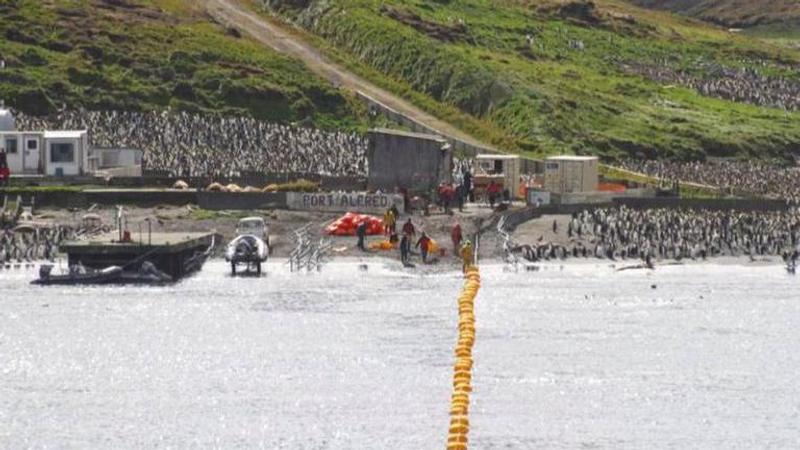Published 17:00 IST, June 10th 2020
Scientists record cacophony of sounds on ocean's calm beds amid pandemic
Executing the 2015 visions to conduct the International Quiet Ocean Experiment, scientists this year were able to “hear” the sounds from the oceans.

With the coronavirus pandemic that brought the world under the strict lockdown which confined the humans at homes, docked ships at port, and suspended oceanic activities, the seismometer registered a sharp decrease in the vibrations produced from the world functions, as per the data published by scientists in London, UK. With that, some researchers installed an array of at least 130 underwater hydrophone listening stations around the world – including six stations that were set up to monitor underwater nuclear tests that were able to record cacophony of sounds on ocean's calm beds, according to a report.
Executing the 2015 visions to conduct the International Quiet Ocean Experiment, scientists this year were able to “hear” the sounds from the oceans captured on soundscape data in a project based on SOFAR (Sound Fixing and Ranging) channel, a phenomenon that occurred on ocean stratum that triggered sound waves capable of travelling to longer distances. In the project, several listening posts were connected to land via cables by the scientists in order to trap recordings from the ocean's deepest surfaces. Further, researchers deployed several underwater microphones called hydrophones which were connected to a deep-sea cable, retrieved by ships on the shores, as per the reports.
The ocean sound waves, such as large baleen and fin whales making a sound, or the fishing boats, tankers, and motorboats carrying out a usual ocean operation, as well as the oil rigs and wind turbines, get trapped on the soundscape data, according to scientists, as reports confirmed. But with the world, comparatively calmer due to suspension of most human activity, such sounds that can travel hundreds or even thousands of miles, bending around the planet by bouncing up and down in the SOFAR channel, were silenced while a kilometer-deep band of oceanic sound was captured on the recordings. Data from at least 130 recording stations at several locations were captured that would now require the researchers to identify and recruit partners that operated listening stations run by governments, universities, environmental groups, and other agencies, according to reports.
Anticipated moments of opportunity
As per reports, some of these stations are set up four kilometers off the Spanish coast and operated by the Polytechnic University of Barcelona, while the other six stations, with multiple hydrophones, are operated by the Vienna-based Comprehensive Nuclear Test Ban Treaty Organization. Director of the Program for the Human Environment at New York’s Rockefeller University, Ausubel, was quoted saying, researchers spent a lot of time planning and anticipated moments of opportunity such as an extreme weather event, not a pandemic. Further, he added, immediately after a hurricane or a typhoon, it’s very quiet for a day or two because of the fear of large waves or storms but pandemic provided wider scope.
MarineTraffic, a ship-tracking firm revealed in a report that world's lockdowns ensued major ports in the Northeast of the United States, such as Boston, Philadelphia, New York and Baltimore, saw a nearly 50% drop in the ship and boating traffic in April compared to the same month in 2019. That made the oceanic project successful and the scientists expect to publish a paper this summer with anecdotal reports of changes observed in recent months.
(Images: Twitter/ @MarioZampolli)
Updated 17:00 IST, June 10th 2020








